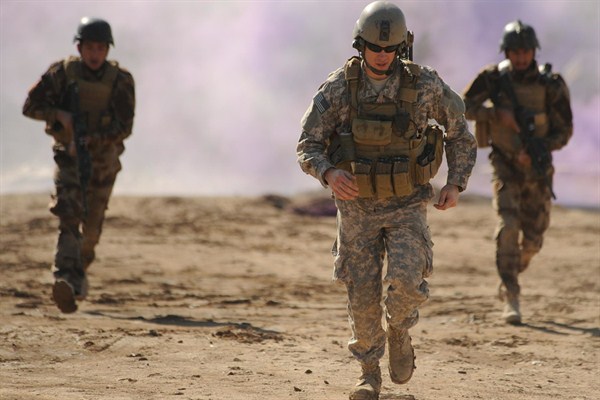For many years, U.S. special operations forces (SOF) did important, often invaluable work, but were at the periphery of the U.S. military, simultaneously part of the team yet different. Commanders of conventional units often complained that SOF operating in the same area as their troops did little coordination and seemed to have their own objectives. The actions of special and conventional forces were more in parallel than synchronized. Even in the classrooms of the military’s staff and war colleges, the special operators were easy to spot, connected to their fellow students while somehow distinct.
Then the 9/11 terrorist attacks, and the ensuing conflict with al-Qaida and other transnational jihadists, changed everything. SOF always had a part in the military’s plans for big conventional war, undertaking deep reconnaissance and strikes far behind enemy lines. But their true specialty was dealing in the irregular and unconventional realms through actions like counterinsurgency, counterterrorism, advising friendly forces and supporting guerrillas resisting a government hostile to the United States.
Al-Qaida’s attacks on the U.S. instantly propelled irregular threats and unconventional responses to the forefront of American strategy. This transformed SOF from a supporting player to the star of the show. SOF became the face of the conflict with al-Qaida and kindred extremists. When Gen. Stanley McChrystal, an Army Special Forces officer, was named in 2009 to command the NATO force in Afghanistan—which was composed mostly of conventional forces—it demonstrated the ascendance of special operators, capping their move from the periphery to the core of U.S. military strategy.

